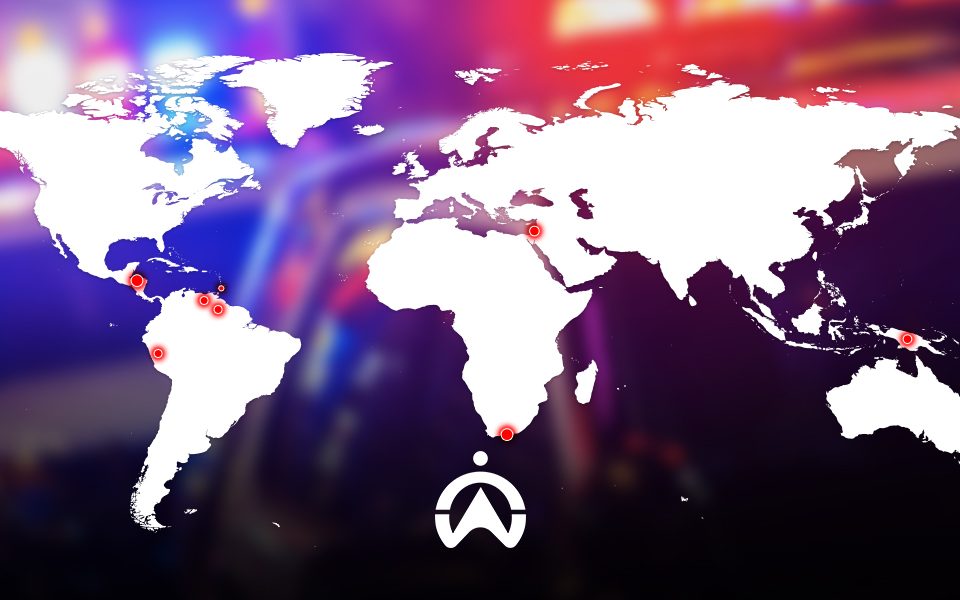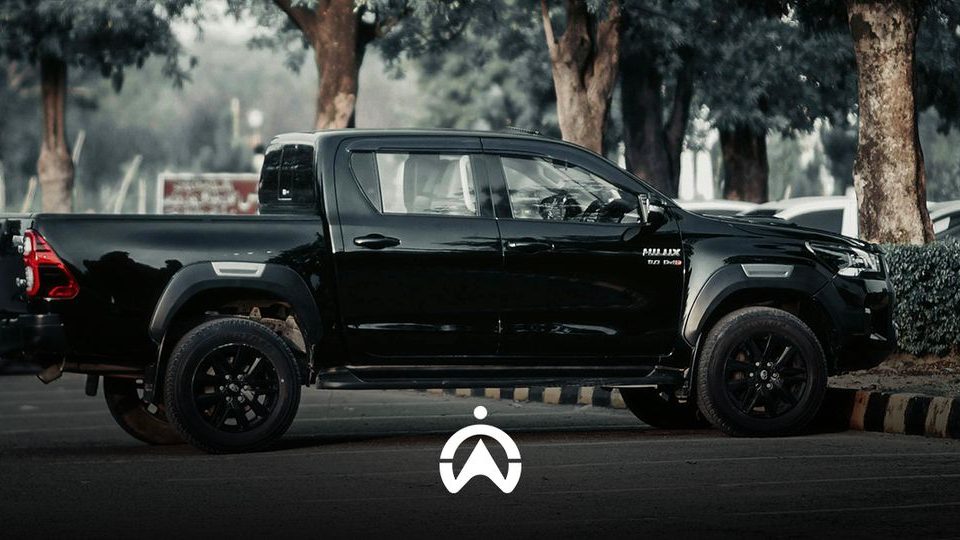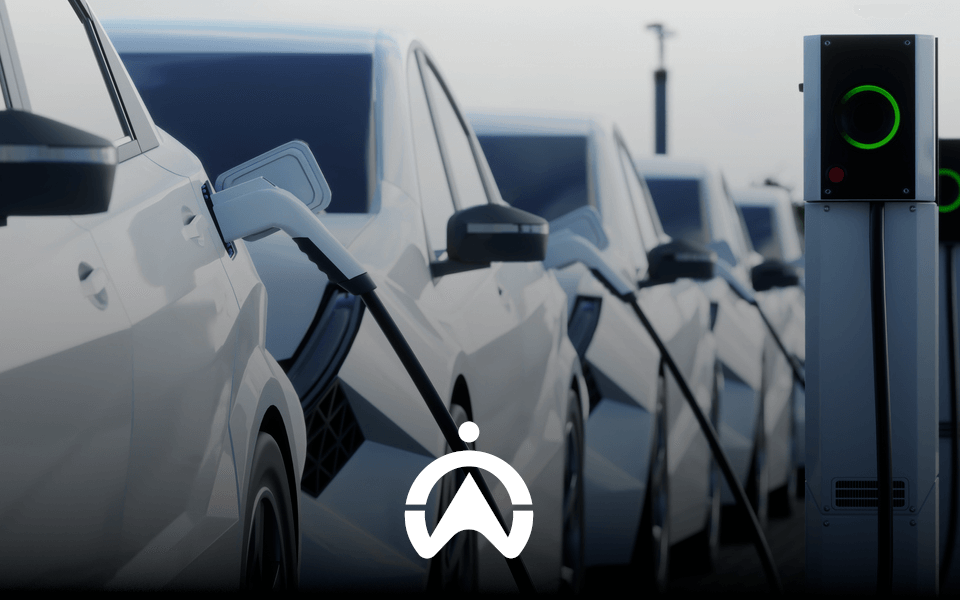Ensure your motorbike fleet and riders deliver their best
For many small firms, using a motorbike to deliver goods is just perfect – they are small, compact, easy to use, park and fix – but they also have their downside in that they can be dangerous, require special clothing, and drivers can get wet, cold and sick.
However, when used responsibly, motorbikes in the logistics industry can prove largely beneficial. Let’s take a closer look at what you’ll need to ensure your motorbike fleet and riders deliver their best, all the time.
Protective clothing and gear
Ensure your riders have jackets that provide various layers of protection. The outside layer is a summer layer, but also has retroreflective strips sewn onto it. Inside, the jackets can contain either a “duvet layer” for warmth and/or a waterproof layer for when it rains. The inner layers are often removable to make riding more comfortable and for easier cleaning.
Some jackets even come with additional coverall pants that can be zipped up to the jacket for additional protection and warmth, as well as riding boots for comfort and protection of shoes and feet.
Gloves are another important piece of equipment for a biker as they not only protect them from the elements, but also from stones, bees, etc. Ensure your riders have a sturdy pair of well-fitting all- weather gloves for the ultimate protection.
Helmets – probably the most important piece of equipment, but also the one that is most often misused. A helmet must fit snugly around the head, and mustn’t move once its strapped/clipped in place. If a helmet is dropped, or collides with a solid object, it is no longer viable and will not be able to provide the expected level of protection during an accident. In this case, a new helmet should be bought as soon as possible. Ensure your rider keeps the visor clean, and checks the helmet weekly for damage.
Proper training
Riding a motorbike is very different to driving a car, and the rider needs to be almost hyper-aware of his or her surroundings. They also need to understand that being much smaller, their chances of being seen are lessened and they need to make up for this by wearing bright clothes and always riding with the head and taillights on.
It’s a good idea to send your riders on a motorbike course in order for them to learn how to handle their bikes, their equipment and defensive riding techniques that could mean the difference between life and death.
Motorbike vs Scooter
The main difference between a bike and scooter is the faring, or body work, where the scooter’s internal workings are generally hidden behind the fibreglass body. Scooters are often slower than big bikes and tend to have smaller engine capacities using less fuel, but they may need to be refuelled more often.
Bigger motorbikes do have a better chance of being seen and heard, but it’s only a small margin. Bigger bikes are better for longer distances and highway driving, where the engine capacity makes the bike go faster and keep up with the surrounding traffic.
Whichever two-wheeled transporter you choose, don’t forget to fit it with Bike Track, an innovative motorbike tracking unit available from Cartrack. The unit will help you keep a virtual eye on the bikes in your fleet and assist in the recovery of the bike should somebody ride off on it without your permission.




